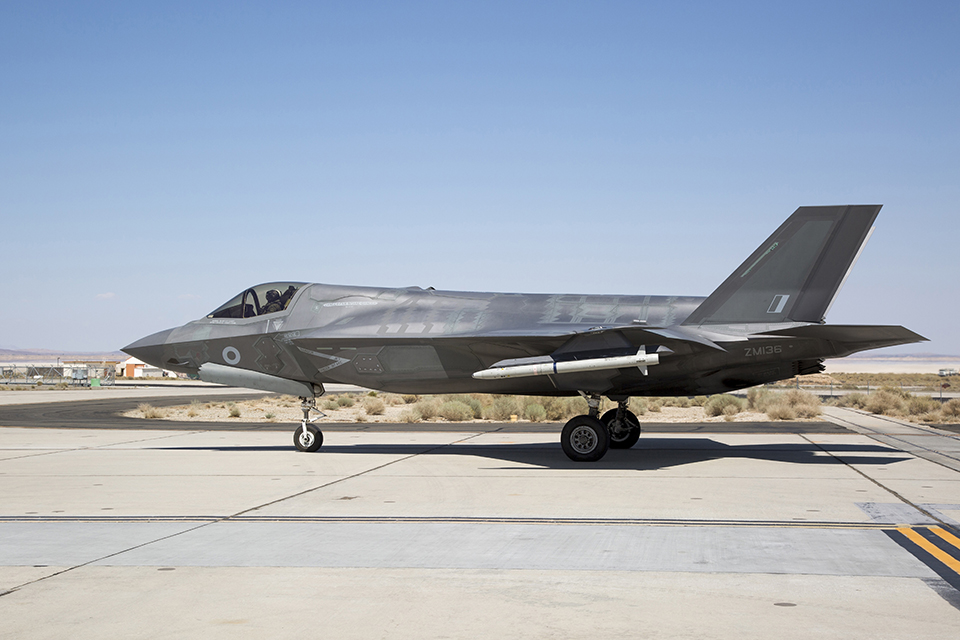News story: Refurbished homes for sailors at HMNB Clyde
The Ministry of Defence’s (MOD) Defence Infrastructure Organisation (DIO) led the £1.5 million refurbishment at Bannachra Drive in Helensburgh, which will help improve the lives of Royal Navy families already living in the area, and of some of the hundreds of families expected to move to the vicinity when the base becomes the Submarine Centre of Specialisation.
From 2020 HM Naval Base Clyde will host all of the Royal Navy’s hunter killer submarines and will be the future home of the Dreadnought class of nuclear deterrent submarines. The MOD is investing hundreds of millions of pounds in developing HMNB Clyde, with the construction phases of the work expected to support a further 1,000 contractor jobs.
The development of the site will see the number employed rise from the current figure of 6,800 to an eventual population of 8,500, with up to 1,400 Royal Navy submariners moving to the area from Plymouth. In the future all submariners will expect to serve their entire career at HM Naval Base Clyde, ensuring greater harmony and stability for them and their families. The refurbishment of these 34 family homes also contributes to the joint Royal Navy and Argyll and Bute Council strategy to align the development of the naval base with local needs such as planning and transport.
The extensive upgrade work at Bannachra, which was carried out by Amey and contractor Bells Ltd, included the fitting of new roofs, windows and doors, as well as new boilers, external wall insulation and rendering of the buildings. Work was also undertaken to replace fencing and gates and rain water goods, with chimneys on the properties also removed and garage roofs replaced.
Secretary of State for Scotland David Mundell was there to witness the completion of the refurbishment work on August 28, joined by Air Commodore Wendy Rothery, DIO’s Head of Accommodation, and Captain Craig Mearns, HMNB Clyde’s Captain of the Base.
Scottish Secretary David Mundell said:
The work of the HM Naval Base Clyde team demonstrates clearly how Scotland benefits from the UK’s armed forces, and how our military contributes to the safety and prosperity of Scotland. HM Naval Base Clyde makes a huge contribution to the local area, providing skilled jobs, supporting the local economy and contributing to regeneration. This project, which will improve service families’ accommodation, is a great example of that strong partnership with the local community in action.
Commenting on the work, Air Commodore Rothery said:
The refurbishment of these houses is a prime example of how DIO provides vital support to the Armed Forces. This upgrade work will make a real difference to the quality of life of our Royal Navy personnel and their families. We are grateful to all the residents for their patience with the inevitable disruption caused by the work, and we hope they are very happy with the results.
In February 2017 the Naval Base, UK government and local authority Argyll and Bute signed a unique agreement committing the parties to work together to ensure that investment in the military site benefited the growth and regeneration of the wider community. The Strategic Defence Delivery Framework agreement, as it is known, is aimed at delivering new housing and improved infrastructure, ensuring that both the Service community and people living in Argyll and Bute benefit directly from hosting the base.
Captain Craig Mearns, HMNB Clyde’s Captain of the Base, said:
The Naval Base Command is delighted to see completion of this Service Family Accommodation refurbishment project.
The expansion of activity at Clyde and growth of our Service population over the next few years means that we need to make best use of all available accommodation. It is important that what we have to offer is of a high standard, not only because that is what our people deserve, but also because we aim to encourage an increasing number of Service families to relocate to this area. The offer of good housing, coupled with the excellent amenities and quality of life on offer here, are significant attractions for those considering such a move.

